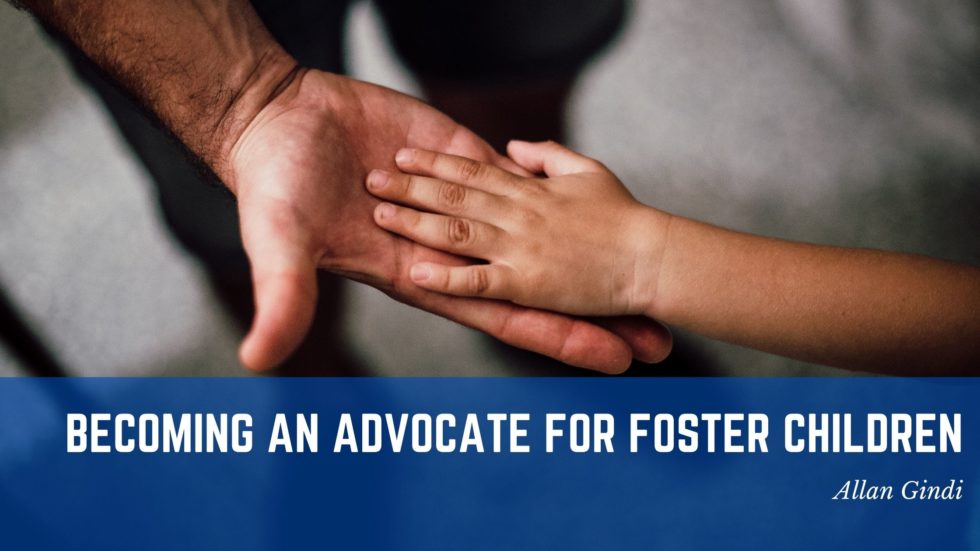Part of being a responsible adult – and human being – is speaking up for those that can’t. Children, especially those in foster care or other difficult situations, need adults that will care for their needs – and advocate for them.
When most people imagine helping foster children, they’re probably picturing foster parents. However, that is just one of the many essential roles in the process. What is just as needed are CASA – Court-Appointed Special Advocates.
What Does CASA Mean?
CASA stands for court-appointed special advocates, and what it means is that volunteers can get approval, through legal means, to advocate for children in foster care. In essence, they become the child’s legal advocate.
The best part about the CASA role is that it does not require any sort of legal background – you don’t have to be a lawyer or have experience in social work to be helpful in this role.
All you need is the willingness to help. The CASA program includes all of the training (about thirty hours worth). Those considering becoming a CASA should be aware of two requirements (other than their willingness to help). First, they must pass a background check. And second, they must be willing to stay with a job until the end, with the average being around a year and a half.
How to Get Started
The first step in any process is to gain a better understanding of what will be required. Take the time to research CASA roles and responsibilities. Once this preliminary step has been completed, the next thing is to attend a volunteer informational session. The information here is vital and will help potential volunteers understand what will be expected and what the next steps will ensue.
After you’ve conducted your research, attended the info session, and have considered if this is right for you, it is now time to apply. The application process is relatively straightforward and will take up to an hour to complete.
One of the reasons the application asks so many questions is to help better understand potential volunteers. Not only will this help in coaching, but it will help the organization find the best match between children and volunteers. After all, the whole goal is to find an advocate that genuinely cares and understands the child they’re speaking for.
Once your application is submitted, the program will help guide you through the following steps. These steps will include an interview (again, be prepared for questions of a personal nature), training, and more. Each step will bring you closer to helping a child find their voice.
This article was originally published on AllanGindi.com


